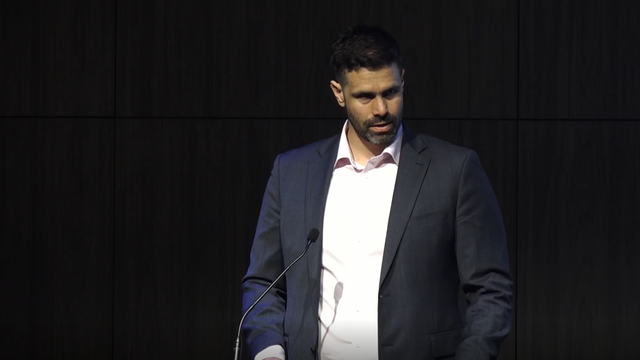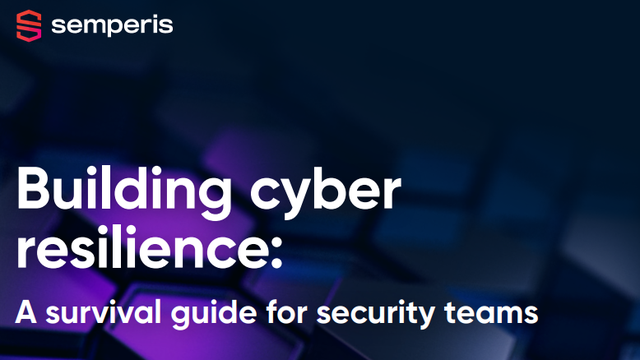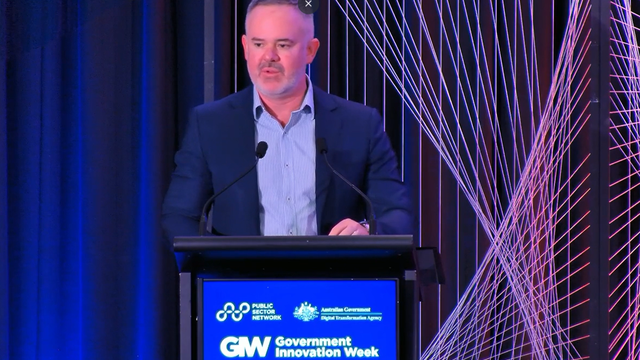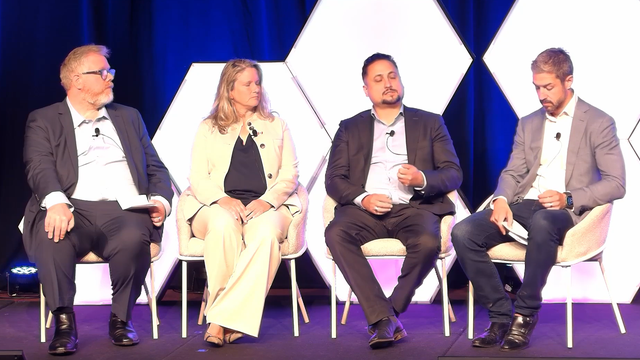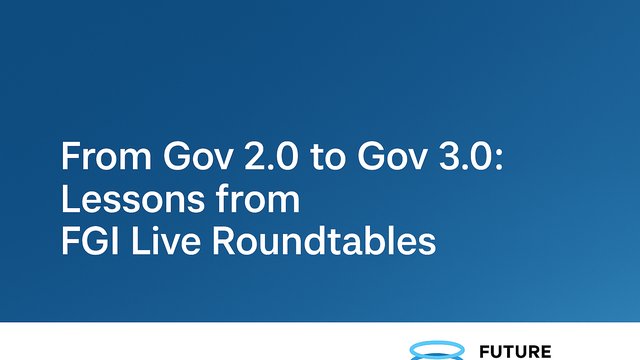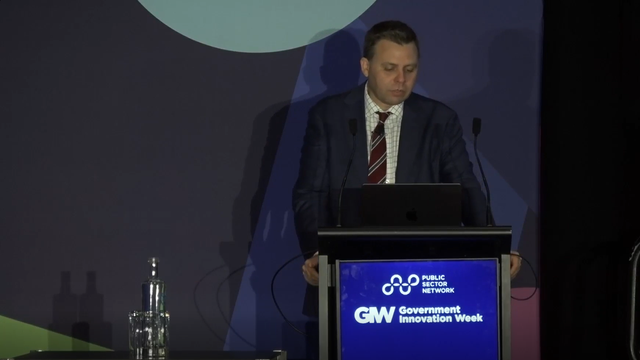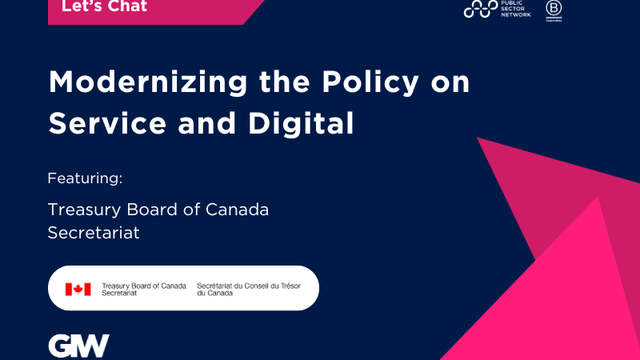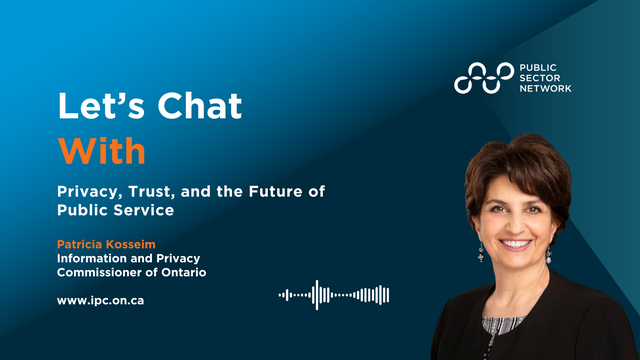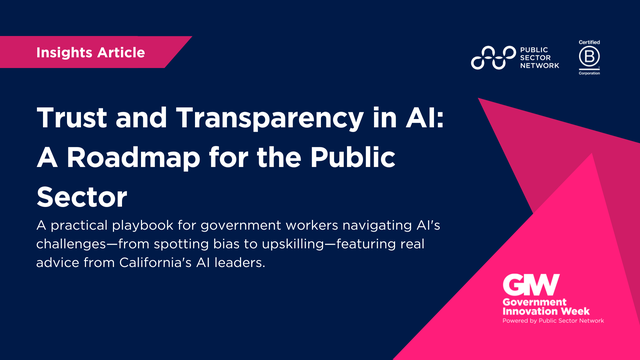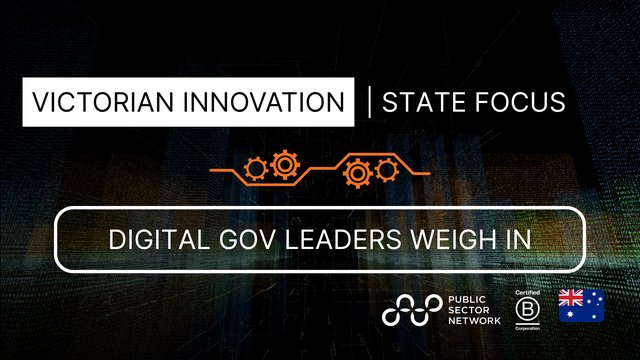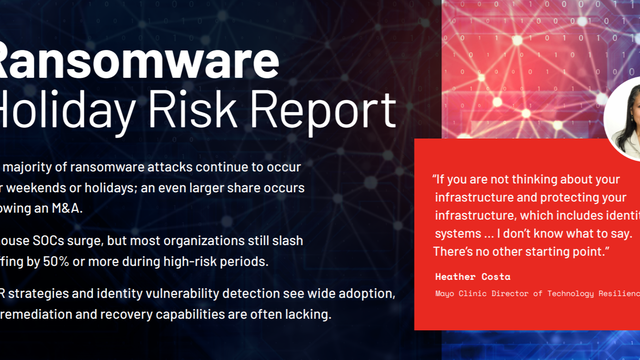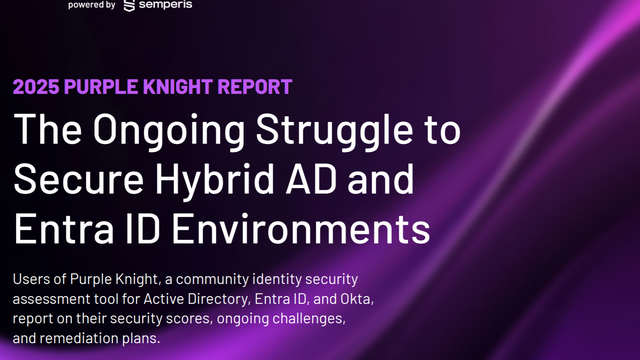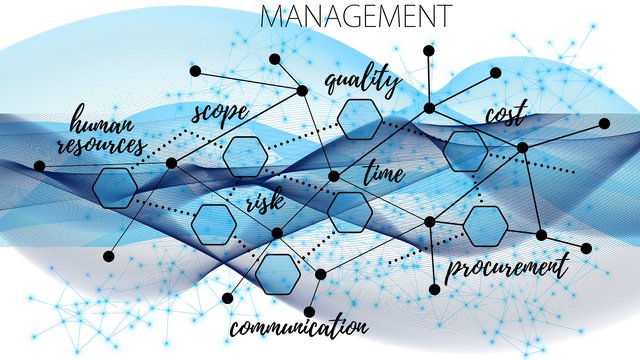
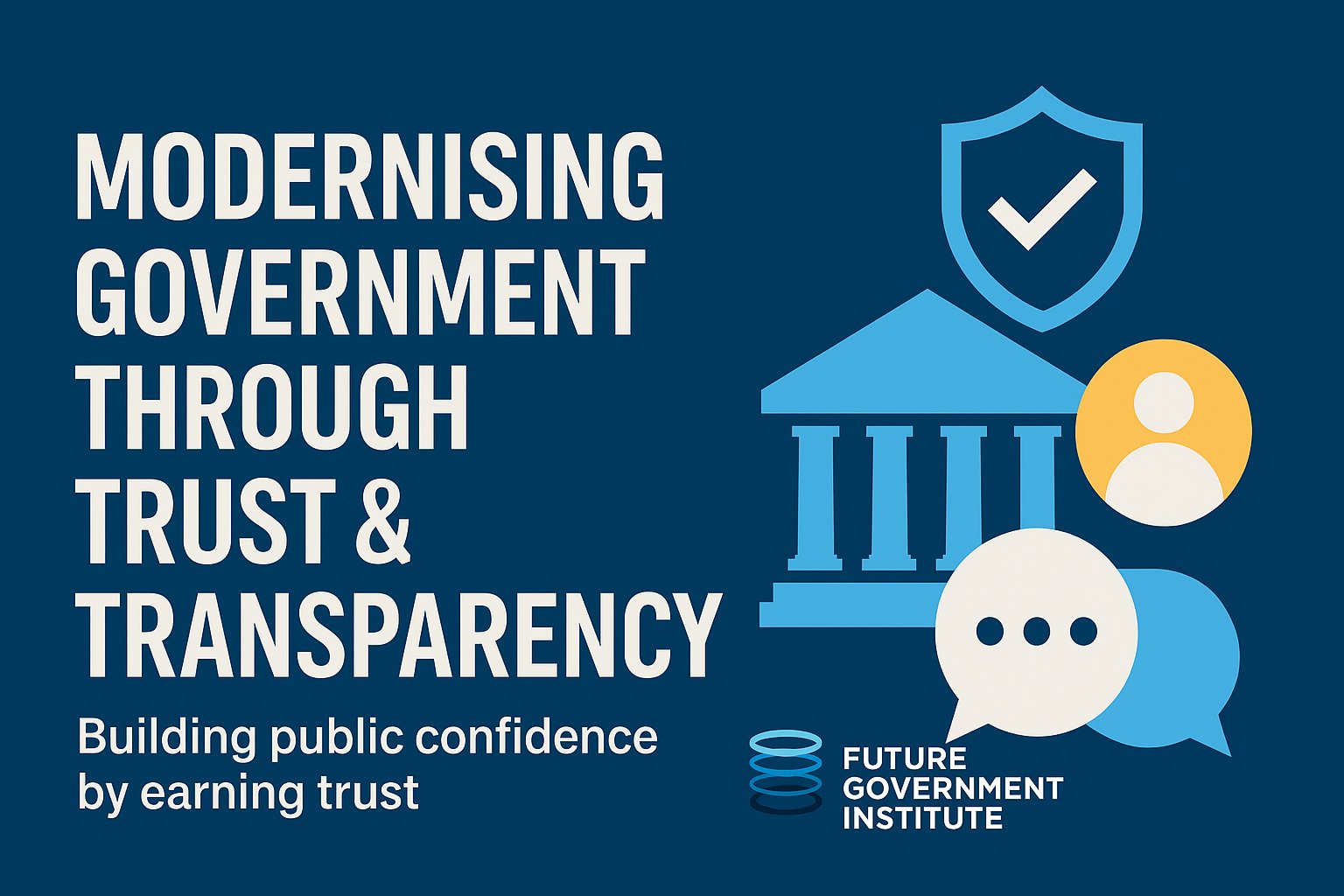
We often say that trust is earned, not given. But in government, trust is expected. Citizens expect it in exchange for their taxes, their data, their compliance. And yet, trust in public institutions is increasingly hard-won—especially when digital services don’t meet basic expectations.
In recent conversations we’ve had with public sector leaders around the world through the Future Government Institute, one theme kept surfacing: trust isn’t a communications challenge, it’s a service delivery challenge. When government works the way people expect—fast, fair, transparent—trust tends to follow. When it doesn’t, all the speeches in the world won’t fix it.
The Last Mile Is the Whole Game
Michael Kalin, from Service Canada, captured this best. He said that when governments talk about transformation, they often focus on strategy, not execution. But to most citizens, the only part of government that matters is the moment they interact with it. That last mile—whether it’s a form, a phone call, or a website—is the whole game.
Michael has worked across Canada, the U.S., and academia, and what stood out to us was his emphasis on radical incrementalism. Not moonshots. Not innovation theatre. Just continuous, evidence-based improvements. He shared how usability tweaks in Canada’s dental benefits program doubled digital self-enrolments. Not by spending more. By listening more.
That resonates. Because if citizens can’t easily access a service, or understand what a letter means, they don’t feel served—they feel ignored.
Data Doesn’t Equal Insight. Feedback Does.
A recurring frustration across jurisdictions is how we treat data. We say we’re data-driven, but what we really need is to be feedback-driven.
Barry Lowry, the CIO of Ireland, talked about building real-time feedback into services as a non-negotiable. Not annual surveys. Not retrospective reviews. Real-time, in-the-moment signals that tell you whether something is working—or not.
He and Michael both pointed to the need for what Barry called a "feedback engine". In Ireland, this is part of a wider shift toward services designed around life events—like having a child or losing a parent. Those are moments where trust can be built or broken in seconds.
Digital Identity That Puts People in Control
One of the best examples of trust-through-design is Ireland’s work on a national digital wallet. Built from lessons during COVID, it’s designed not just to store a vaccination certificate, but to become a platform for citizen-controlled credentials.
What stuck with us wasn’t just the tech—it was the thinking. Barry said, "We don’t actually care what you use it for." That’s government 3.0 thinking: create infrastructure, give people control, then get out of the way.
Contrast that with Uruguay, where Hebert Paguas led their national digital agency. Uruguay has quietly become a global standout—ranking in the top 25 worldwide for digital government. One reason? They start from the citizen, not the department.
Hebert spoke frankly about trust: people in Uruguay don’t want AI bots making decisions for them. They want clarity. They want to know where their data goes. So Uruguay invested in both back-end AI systems and transparency laws that build public confidence.
Collaboration Is Trust in Action
Armando Manzueta, Vice Minister in the Dominican Republic, raised another dimension of trust: interagency collaboration. If citizens are expected to trust "the government", then the government has to behave like one coherent system.
That sounds simple. It isn’t. Different departments hold different data, follow different rules, and often answer to different incentives. But Armando and his team tackled it by building Crossroad—an interoperability platform based on Estonia’s X-Road. It now connects 70+ institutions.
His thinking was sharp: don’t just make tech that works—make tech that people can understand. Crossroad is open source. Its data policies are transparent. And the APIs are standardized. That’s how you earn the trust of the public and the tech community.
Trust Isn’t a Message. It’s a Method.
Here’s the thread tying all of these leaders together: they’re not trying to convince citizens to trust government. They’re trying to design services worth trusting.
It starts with listening. It lives in the details. And it depends on collaboration across silos. Whether it’s tweaking a call script in Canada or redesigning a legal identity system in Uruguay, trust doesn’t come from the brand of government. It comes from the behaviour of it.
And if we get that right, we won’t need to ask people to trust us. They’ll already feel it.







